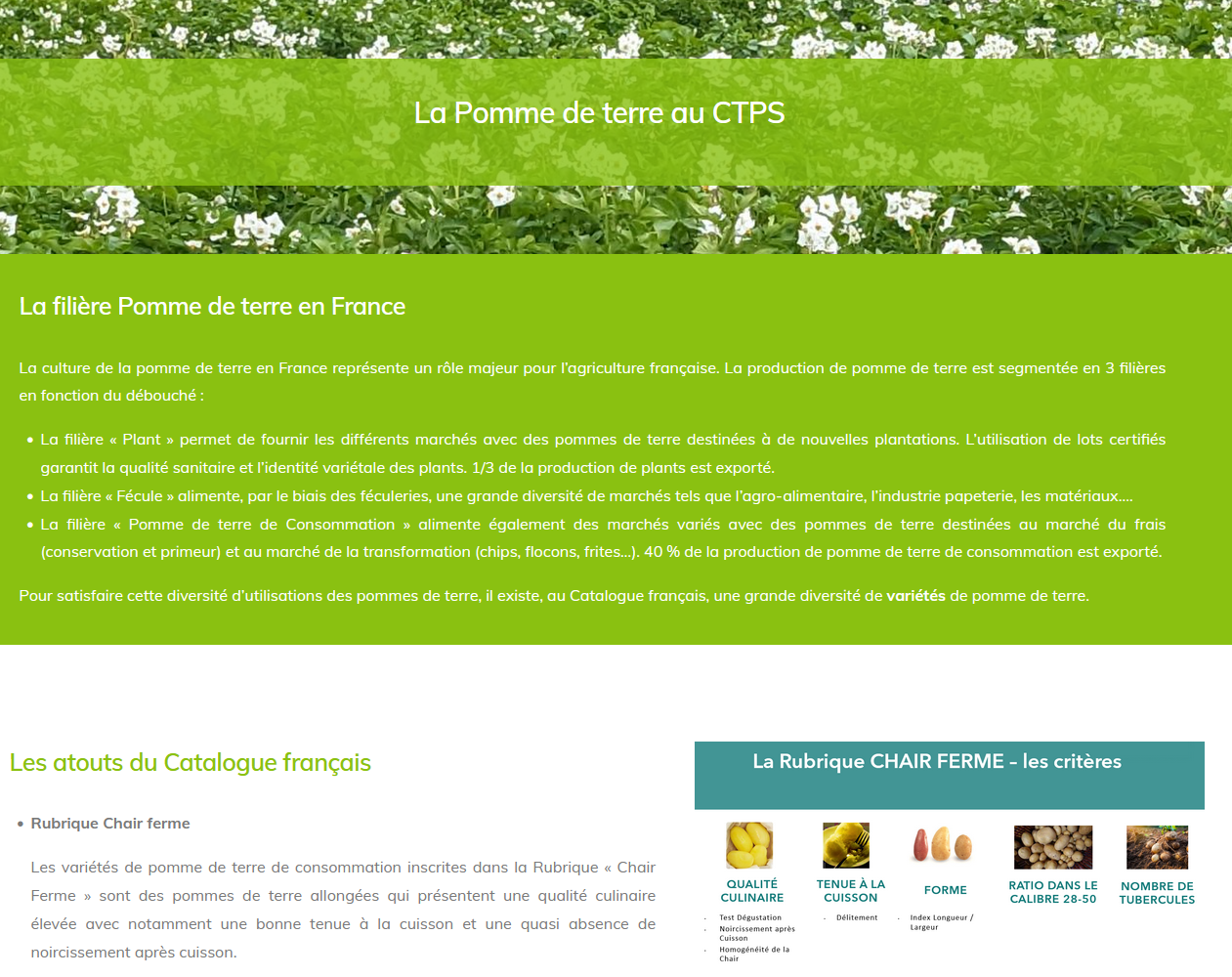
INVITE: GEVES’s work on phenotyping
The H2020 “INVITE” project for “INnovations in plant VarIety Testing in Europe” officially kicked off on 8 July 2019. This 5-year project, coordinated by INRAE and involving 29 partners from all over Europe (research institutes, examination offices, post-registration bodies, seed companies), aims to improve both methods in variety evaluation and the information available to decision-makers on varietal performance under a wide variety of biotic and abiotic stresses.
GEVES is strongly involved in the WP2 “design of new field phenotyping tools” with the participation of Valérie Cadot, Didier Demilly and Nicolas Mascher, alongside the University of Angers. In 2020, GEVES has started to conduct or contribute to experiments in controlled conditions and in the field to evaluate new tools. The aim of these experiments is, on the target species (apple, tomato, wheat, maize, sunflower and ryegrass), to initially validate the relevance of the tools selected via greenhouse experiments and then, if these tools are validated, to test their reliability in the field under “real” conditions.
The traits selected for field phenotyping are mainly the result of preliminary work led by Rick van de Zedde of Wageningen University & Research, in collaboration with David Rousseau of the University of Angers, for which GEVES provided most of the basic material through the analysis of all DUS and VCUS traits evaluated for the above-mentioned species. A review article entitled “On the need of low-cost imaging systems for new approaches in plant variety testing protocols”, written by H. Garbouge and in which D. Demilly and N. Mascher are co-authors, is in progress.
Following this selection, GEVES plans to explore the following paths:
For sunflower and maize, counting at emergence and growth kinetic with a “connected picket”. The experiment took place in March in the greenhouses at GEVES’s Anjouère exprimental unit. For sunflower, the estimation of flowering is planned this summer in the field and tests of smartphone applications for height measurement are also planned. This work is being carried out in partnership with the University of Angers through H. Garbouge’s PhD.

For wheat, the quantification of fusarium, in connection with task 2.4 “non RGB low-cost field phenotyping tools” and the multi- and hyper-spectral cameras tested in the framework of “Fus’Eye”, is being carried out jointly with Belgian colleagues from CRA-W and Swiss colleagues from Agroscope, who have already worked on this topic. An exploitation of the series of images acquired by drone on the Magneraud station at the beginning of the year is also planned for counting at emergence.
The development and validation of these tools will continue within the framework of the Invite project, with the aim of making the tools available to examination offices for DUS and VCUS purposes, and to variety testing stakeholders.




